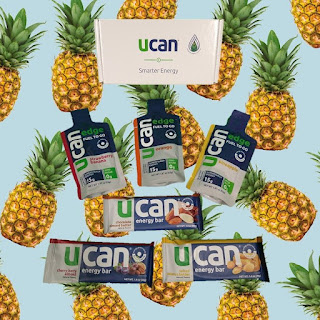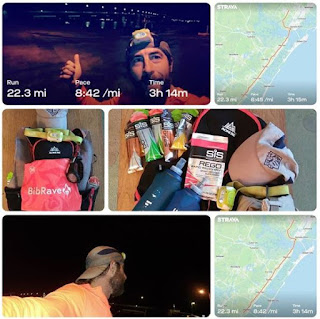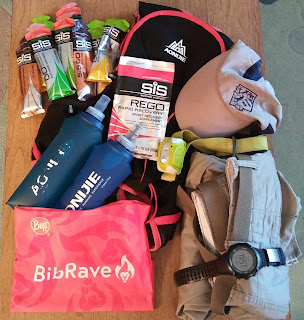"Disclaimer: I received Science In Sport Immune Tablets to review as part of being a BibRave Pro. Learn more about becoming a BibRave Pro (ambassador), and check out BibRave.com to review, find, and write race reviews!"
I remember the first time I experienced it almost immediately after one of my long training runs preparing for my first marathon in 2009. It was probably a 17 or 18 mile run in some cooler temperatures in late February or early March. Soon after arriving back home, I started sniffling, sneezing, and just suddenly feeling like I was hit with a very sudden and quick onset of a bad cold. In all my years of running I had never experienced this before. However, I was also running a greater volume and the longer distances than I had ever run before. Little did I know how much impact endurance training and workouts can have on the performance of your immune system. In fact, Nieman (2007) reports that exercise induced changes can adversely impact the immune system in multiple ways and may last between 3 and 72 hours. Thankfully for me, my initial experience with exercise induced immune system suppression was nearer the shorter time period of that range and all of my symptoms seemed to disappear as quickly as they presented themselves, just a few hours after I got out of a warm bath.
So what do us runners who enjoy running for prolonged periods do to combat having constantly suppressed immune systems due to our running habits? Nieman (1998) reported that the data from two studies examining carbohydrate ingestion of marathon runners and triathletes suggest that overall physiologic stress is diminished in the groups of athletes that were given a carbohydrate ingestion treatment compared to athletes receiving a placebo treatment based on hormonal and immune responses. The carbohydrate treatment in these studies was consumed in the form of a carbohydrate beverage (think Gatorade or Tailwind) while running or cycling. The data (Figure 2) supports the hypothesis model diagramed in Figure 1 showing that carbohydrate ingestion during prolonged workouts results in high plasma glucose levels and reduced cortisol levels which ultimately helps to counter negative impacts to immune system function (Nieman, 1998).
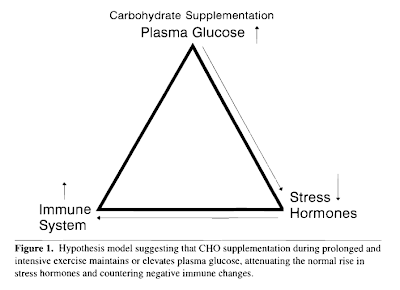
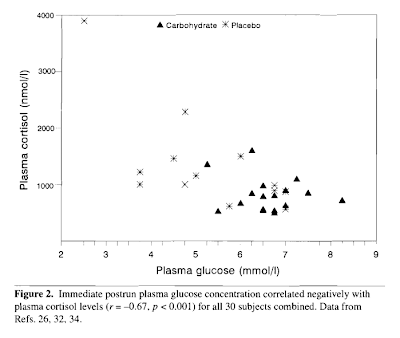
That’s great to know, but most of us runners are already hydrating during our long runs with some type of carbohydrate beverage. Is there anything post workout that can help lessen the negative impacts of prolonged exercise on the immune system? Step up Science In Sport (SIS) immune tablets, it is your time to shine! These effervescent tablets quickly dissolve in water and are designed to maintain healthy immune system function after intense or prolonged physical efforts. Each SIS immune tablet provides vitamin C (200 mg) and iron (2.5 mg) in addition to key electrolytes that help aid rehydration following exercise. Vitamin C is a highly effective antioxidant that contributes to immune defense in a multitude of ways by supporting cellular functions (Carr and Maggini, 2017). Zinc is an essential trace element that affects the integrity of the immune system in many ways including acting as a cofactor in over 300 enzymes that influence organ functions and have indirect impacts on the immune system (Dardenne, 2002; Rink, 2007).
So the science behind Science in Sport immune tablets checks out, but how did they work for me. I began using SIS immune tablets daily about 3 weeks before my first 24 hour race. I always tend to get nervous about getting sick leading up to a race, so this was the ideal time for me to take any and every precaution to avoid any kind of cold or respiratory issues. The first item to note is the taste. Like all the other SIS products I have tried, the flavor of their immune tablets impressed me compared to workout supplements produced by other brands. I usually find the flavor of most supplements to be overpowering or too sweet. That was not the case with SIS immune tablets. I began looking forward to a tall, cool glass of their light orange flavor during my runs.
But did they work? Did they do what they claim to do?
Well, I didn’t get sick at all leading up to the 24 hour race I was preparing for while using SIS immune tablets daily. Additionally, I didn’t get sick at all following the 24 hour race where I put my body (immune system included) through some pretty serious stress considering the length and intensity of the effort and the sleep deprivation. While I can’t say that my good health was solely the result of using SIS immune tablets, they very well likely played a role and at the very least they gave me the mental comfort of knowing that I was taking additional precautions to protect myself and set myself up as best I could to achieve my goals on race day. So at the end of the day, SIS immune tablets will likely become a standard pre race and post race practice for me.
Literature Cited
Carr, A.C. and S. Maggini. 2017. Vitamin C and Immune Function. Nutrients 9(11): 1211.
Dardennene, M. 2002. Zinc and Immune Function. European Journal of Clinical Nutrition (56): 20-23.
Nieman, D.C. 1998. Influence of Carbohydrate on the Immune Response to Intensive, Prolonged Exercise. Exercise Immunology Review (4): 64-76.
Nieman, D.C. 2007. Marathon Training and Immune Function. Sports Medicine (37): 412-415.
Rink, L. 2007. Zinc and the Immune System. Proceedings of the Nutrition Society 541-552.

